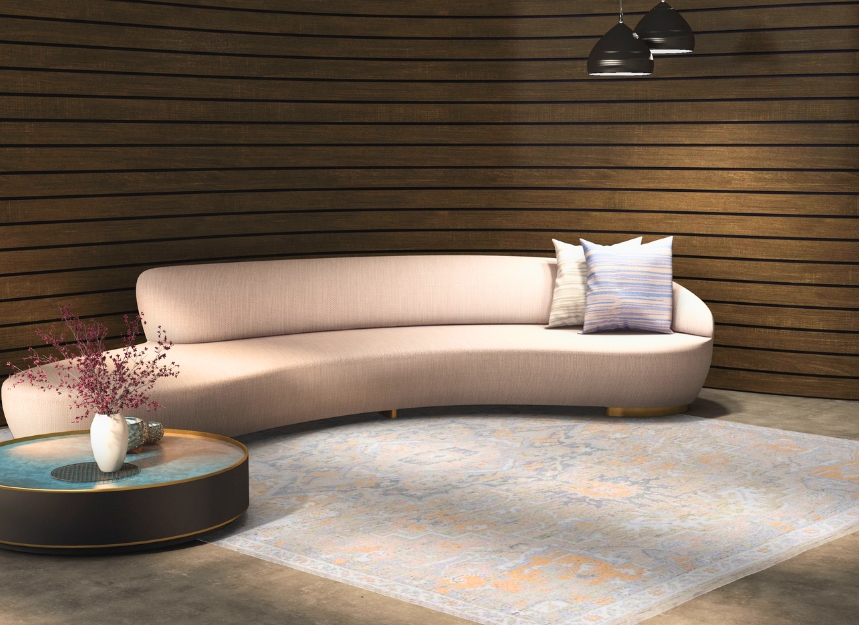 Aug 21
Aug 21 Rug Terminology 101: Pile, Weft, Fringe & More Explained
- August 21, 2025
- 0 Comment(s)
Living in the world of high-quality handmade carpets and rugs, the realm of terms applied by weavers and collectors might seem too much to comprehend at the beginning. Terms like pile, weft, warp, and fringe are frequently used, but many customers are not entirely sure what they mean. At Yak Carpet, our vision is that purchasing a rug should not only be a purchase of a floor covering it should be an enjoyment of the beauty and skill that goes into every individual artwork. As you can see, this world of rugs can be confusing. To make this world easier to manoeuvre around in, here is a ‘cheat sheet’ of terminology you are likely to encounter.
Pile
The pile is the surface of the rug that you see and feel. In handknotted carpets, the pile is created when wool, silk, or cotton yarns are tied onto the foundation threads and cut to form the texture. Depending on the weaving style, rugs can have a high pile (thicker, softer, and plusher underfoot) or a low pile (thinner, more durable, and ideal for high-traffic areas). For instance, traditional Persian rugs often feature a lower pile to highlight intricate designs, while modern rugs may showcase a thicker pile for a more luxurious feel.
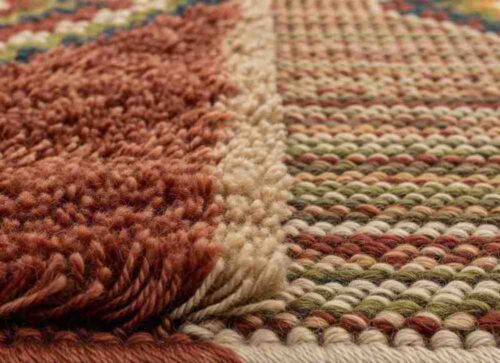
Weft
The weft refers to the horizontal threads woven through the rug’s foundation. The warp (the vertical threads) is crossed by these horizontal threads to keep the knots in their position. The weft essentially forms the ‘backbone of the rug’, contributing to its strength and stability. In fine handmade carpets, especially silk rugs, the density of the weft threads also influences the fineness and durability of the piece.
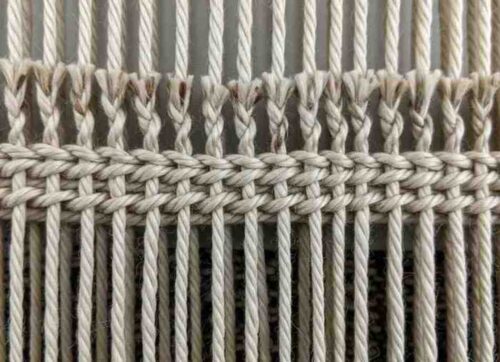
Warp
Often paired with the weft, the warp consists of the vertical strands that run the entire length of the rug. It is using these threads that the knots are tied on it. The quality of the warp, whether made of cotton, wool, or silk, plays a major role in the overall durability of the rug. For example, silk warps create an extremely delicate yet strong base, commonly seen in luxurious silk-on-silk carpets.
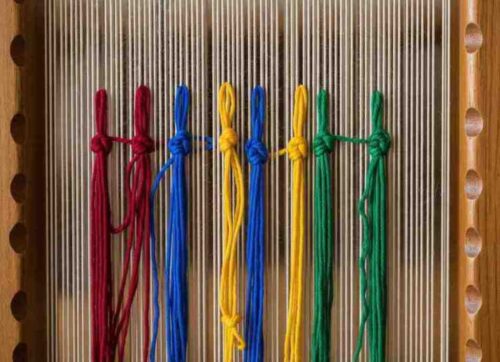
Fringe
The fringe is not just a decorative edge; it’s the visible ends of the warp threads that extend beyond the rug. Many people think of fringe as an embellishment, but in reality, it is a structural component of authentic handknotted rugs. The fringe provides stability and prevents unravelling, which is why maintaining it is crucial for the rug’s longevity.
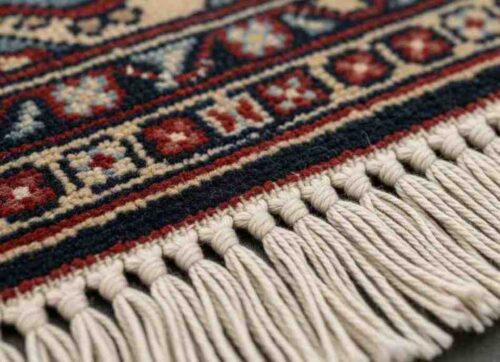
Knot Count
Another important term in rug terminology is knot count. This is the knots-per-square-inch, or a direct indicator of the rug’s fineness and the fineness of the details. A higher knot count means more intricate designs and greater craftsmanship. At Yak Carpet, we feature exquisite rugs with high knot counts that showcase detailed patterns and superior artistry.
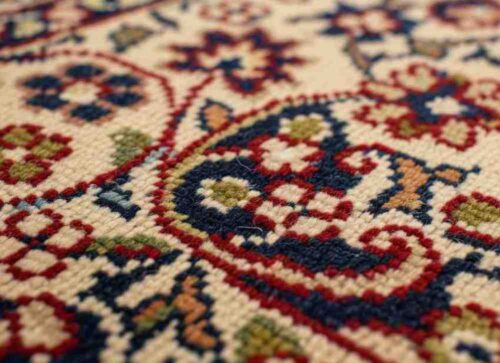
Final Thoughts
Knowing fundamental terminology used in rugs helps simplify how a lot of effort is put into each handmade carpet. Words like pile, weft, warp, fringe, and knot count aren’t just technical terms; they’re a reflection of centuries-old traditions of weaving. Here at Yak Carpet, we pride ourselves on being able to provide handknotted rugs that are authentic and carry these qualities of craftsmanship with them, so that what you bring home to your home is a masterpiece and a slice of history.


